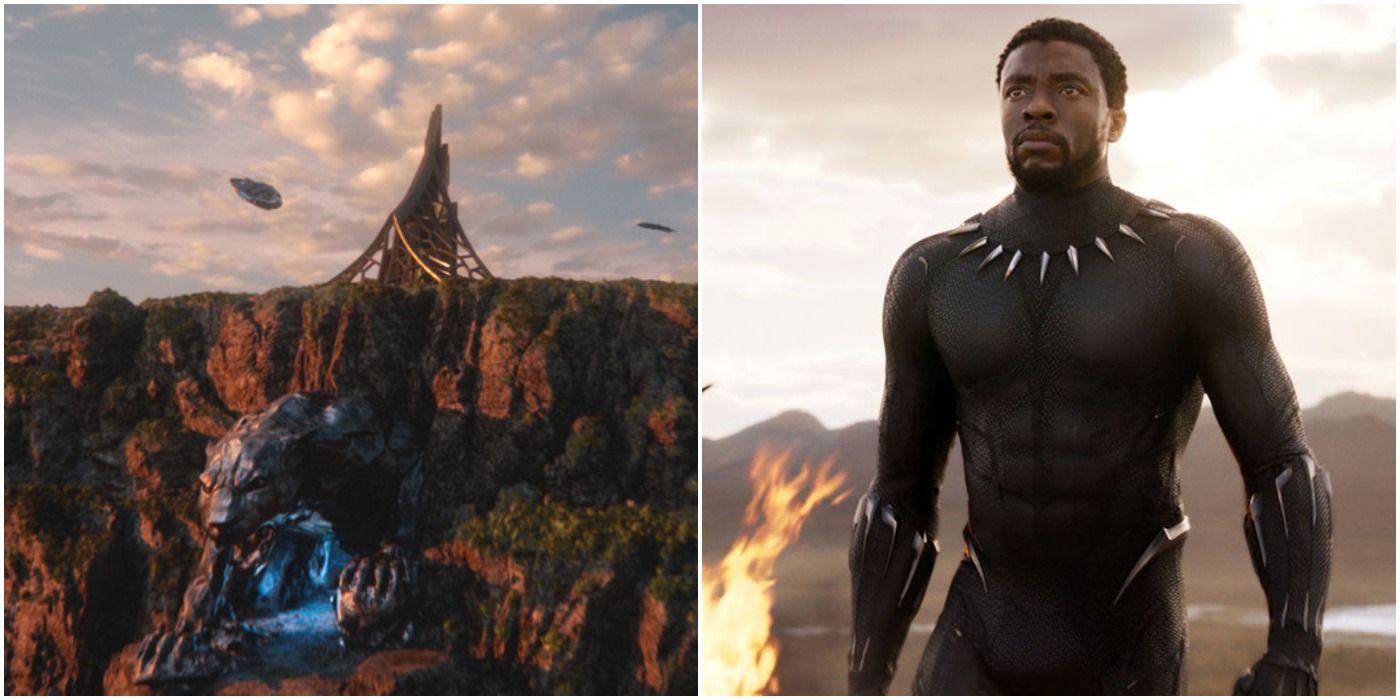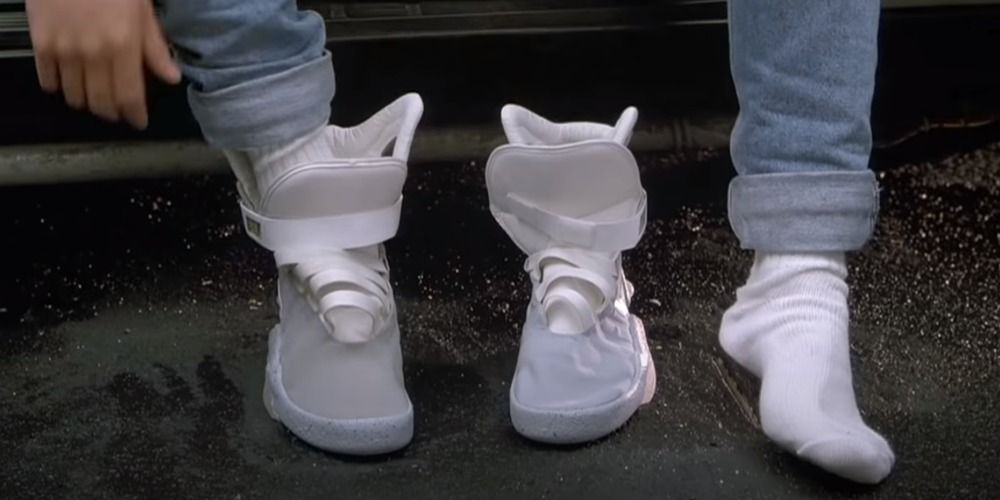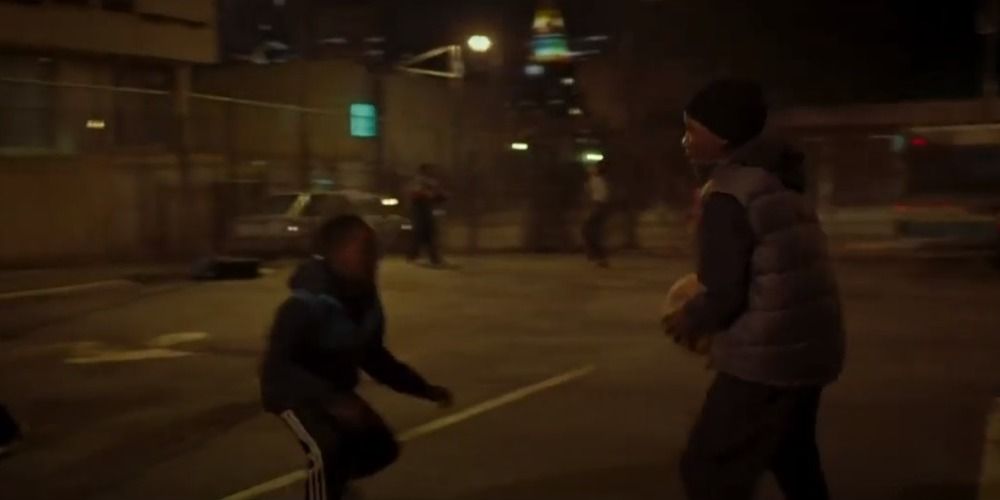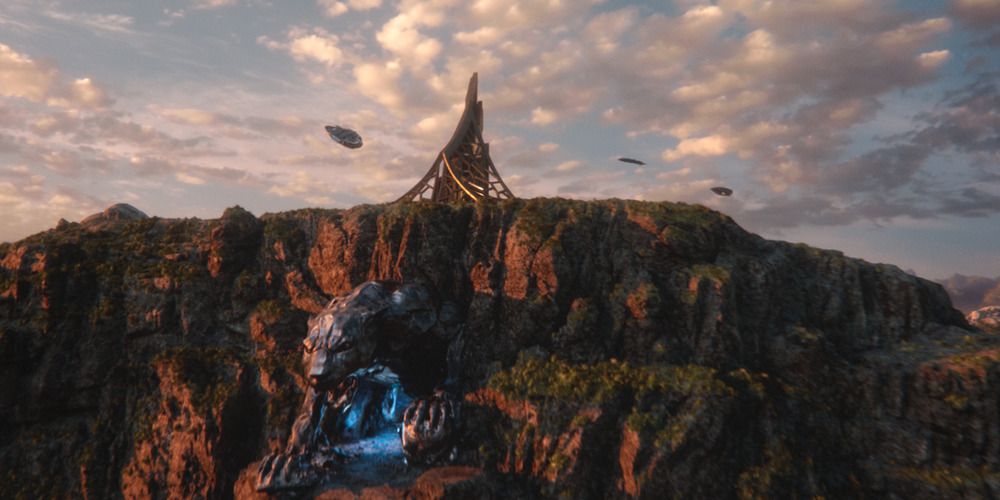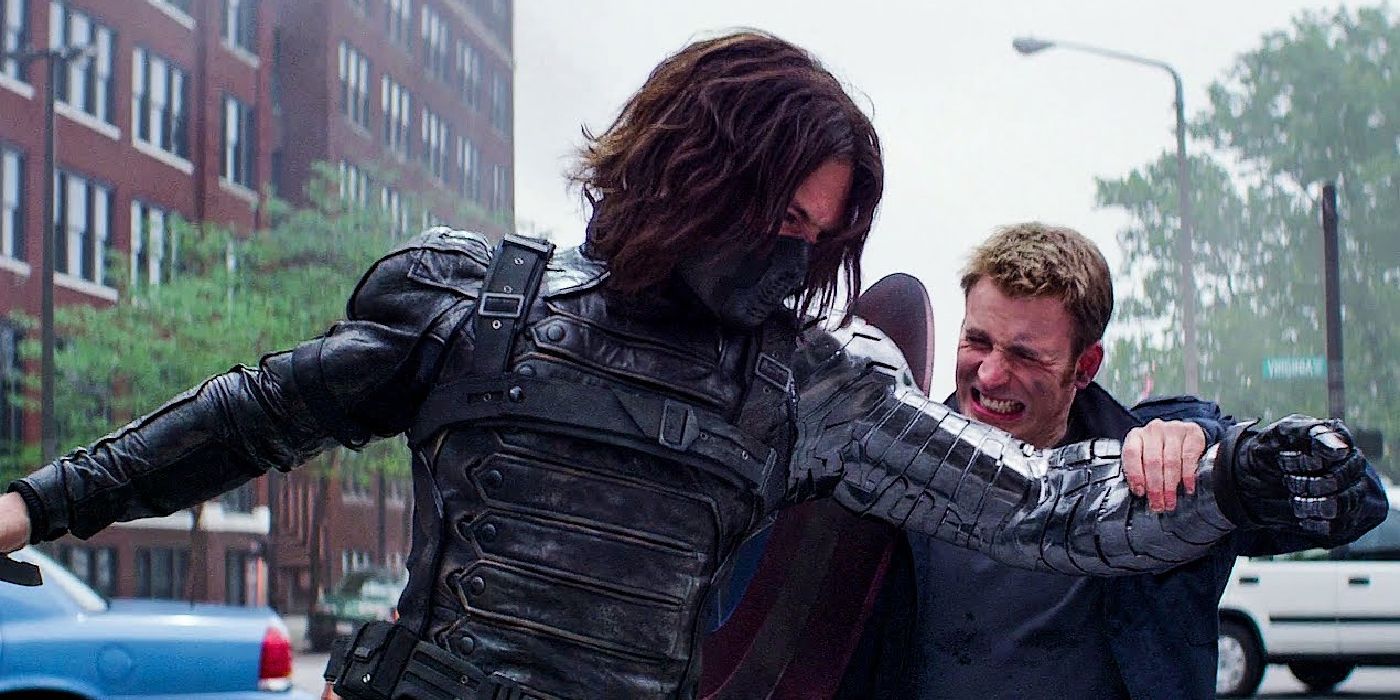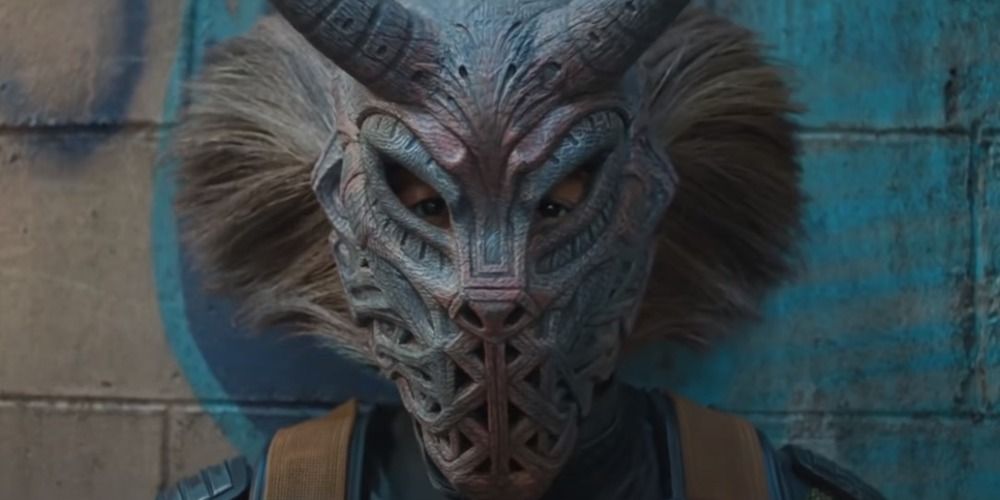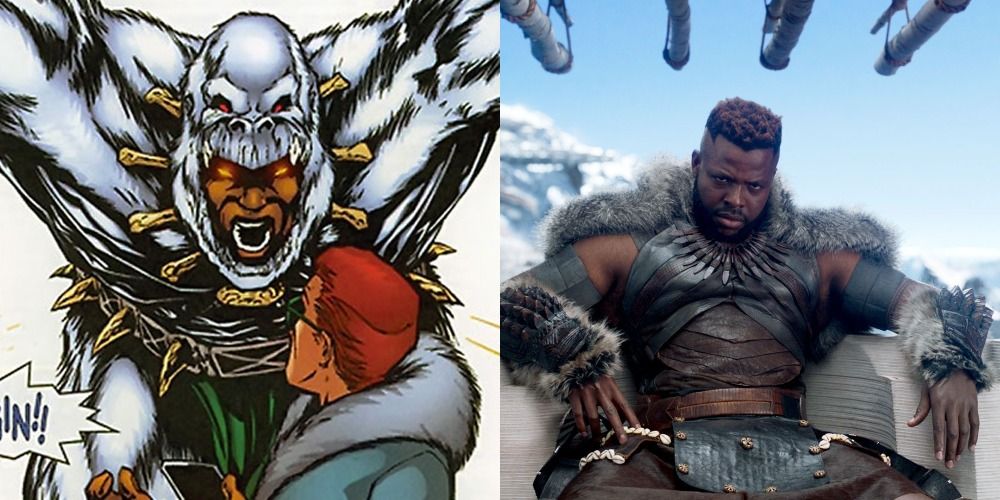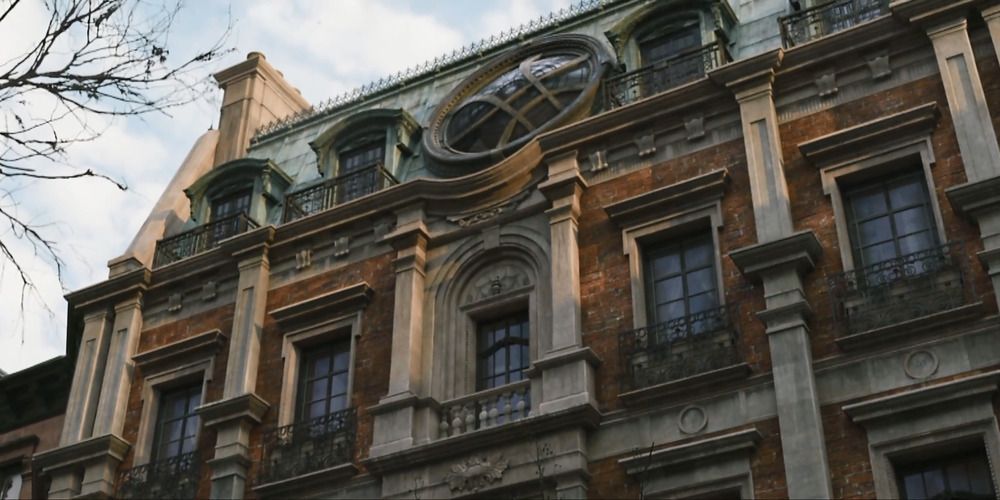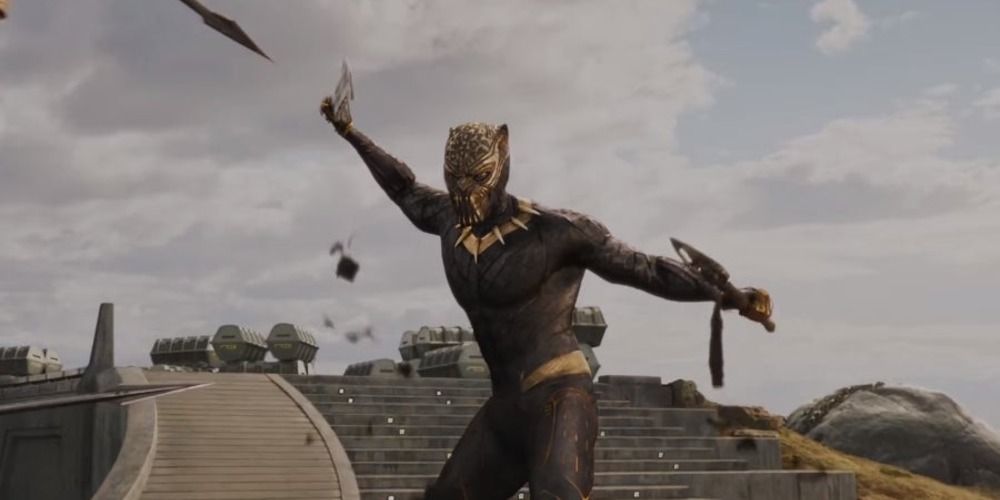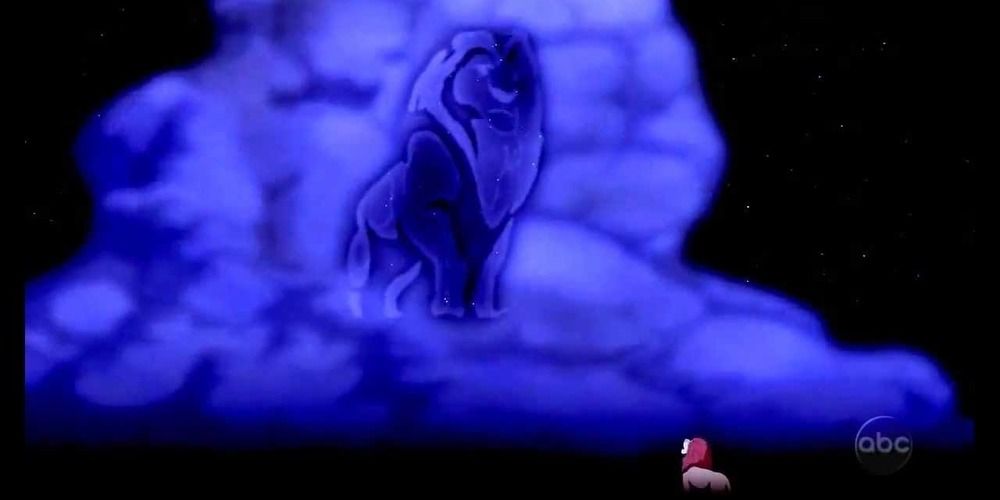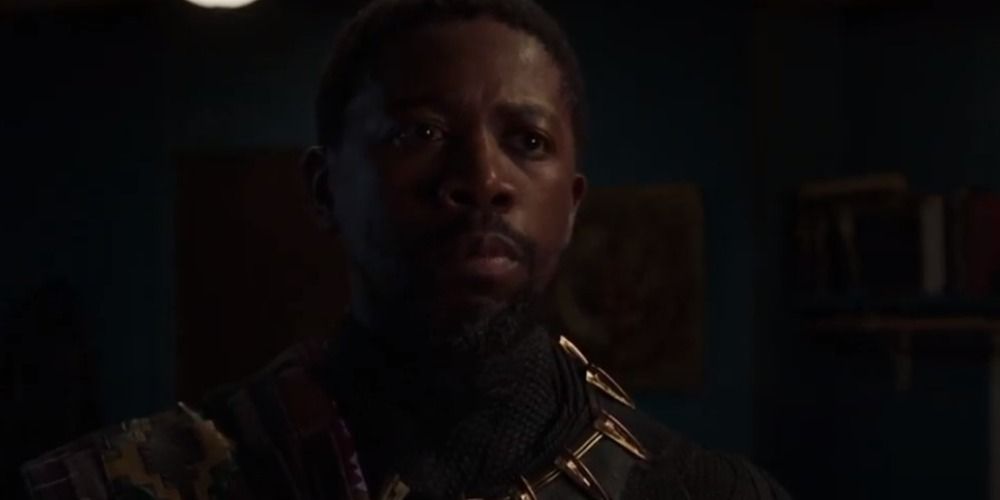One of the best aspects of the MCU films is that while they are simple enough to draw in new fans who may know nothing about the characters, they are also riddled with callbacks and references to obscure comic stories that, for the most part, only hardcore comic fans will spot. One MCU film that is no exception to this unwritten rule is 2016's Black Panther.
Oftentimes seen as one of the best MCU films of all time, with many citing it as one of the best films of the year, Black Panther is loaded with references not only to the comics that inspired the story but also to real-world events and people that hold cultural significance to the main cast.
10 Back To The Future Reference
When Shuri is selling T'Challa the upgraded Panther habit, she also has several other items to show her brother, including form-fitting shoes that require no laces. She claims that the design was inspired by an American film, which is clearly a reference to Back to the Future Part II. This film is notable not only for Marty's visit to the future resulting in a changed timeline in the past, not unlike in Avengers: Endgame, but also with him obtaining the Nike Air Mags that do up around his ankles by themselves the same way T'Challa's new shoes do.
9 Oakland's Significance
At the beginning of the film, the audience is shown a flashback of Oakland where the main antagonist, Killmonger, grew up as a child. Oakland holds a major significance not only to Killmonger but it was also the location of the Black Panther Party, a civil rights movement focused on the rights of Black Americans during the late 60s and 70s. Oakland is also significant to Ryan Coogler, the film's director, as he grew up in the city and has set many of his films in Oakland.
8 Mt. Bashenga
Black Panther's final fight scene takes place inside Mt. Bashenga, the giant mining facility that is the location of the majority of Wakanda's Vibranium. While the location itself holds a great significance to the Wakandan people, its name is also significant to the history of the Black Panther.
The mine is named after King Bashenga, the first Black Panther and leader of the Wakandan people hundreds of years before the events of the Black Panther film. Although his artifact, the Spear of Bashenga, isn't mentioned, he is referenced in name from this mine as well as the spear appearing later in the film.
7 White Wolf
In the end credits scene, Shuri is tasked with healing Bucky by T'Challa, with many of the locals referring to him as the White Wolf. This is a reference to the White Wolf character from the Black Panther comics, who was a boy named Hunter, adopted by T'Chaka, and raised as T'Challa's brother. White Wolf would go on to become the leader of the Wakandan Secret Police and an on-again-off-again ally to Black Panther, so it is likely that Bucky's role in the country isn't quite done yet.
6 Killmonger's Mask
During the scene where Killmonger raids a museum, he steals a mask that he later wears during Klaue's breakout scene because he's "feeling it." This mask is an almost exact replica of one he wore during a fight with Black Panther in the comics, although some creative liberties were taken between the comic version and the film version to make it look like it existed in the real world rather than the pages of a comic.
5 Man-Ape
While not appearing in name, Man-Ape does make an appearance as his alter ego, M'Baku. The light furs that line his armor, as well as the gorilla mask he wears when fighting T'Challa for the throne of Wakanda, are references to his design from the comics that allows his character to take part in the film without using his problematic name. Although he doesn't have the superhuman capabilities of his comic counterpart, M'Baku was strong enough to challenge T'Challa and do fairly well.
4 Killmonger's Supporters
In a bit of a throwaway line, Killmonger states that he has allies across the world in London, Hong Kong, and New York. Perceptive audience members who also watched Doctor Strange may recognize these cities as the three locations of the Sanctum Sanctorum, two of which made an appearance in the film.
Whether or not this means that Killmonger has the approval of Earth's sorcerers or it is simply a coincidence isn't known, but considering the fact that many people, the main characters in Black Panther included, feel like Killmonger's end goal was justified, this may have been the case.
3 Killmonger's Suit
During the final fight scene, Killmonger is shown to have his own variation of the Panther habit that has elements of gold in the design rather than T'Challa's version having purple. This is a reference to the Black Leopard, the name Marvel Comics gave Black Panther shortly after the formation of the Black Panther Party as to not have a negative association with them. This turned out to be a non-issue and the name was quickly returned to Black Panther.
2 The Lion King Scene
Following his defeat at the hands of Killmonger, while T'Challa is on the verge of death, he seems to be in some kind of Black Panther afterlife where the geography looks very similar to the plain of Pride Rock in The Lion King. The scene itself also plays out quite similarly to Simba talking with cloud-Mufasa before he returns to take back the throne, with T'Challa taking the place of Simba and Mufasa taking T'Chaka's role.
1 Young T'Chaka
It's not uncommon for an actor's child to play the part of their character's younger self, since they tend to look close enough to their parent's character that the audience doesn't have to suspend too much disbelief that they are the same person. While the MCU has gone in a different direction on many occasions, using CGI to digitally de-age several main characters, this wasn't done for the flashback of T'Chaka in Oakland. Instead, the younger T'Chaka is played by Atandwa Kani, the son of John Kani, who plays T'Chaka in both Civil War and Black Panther.

